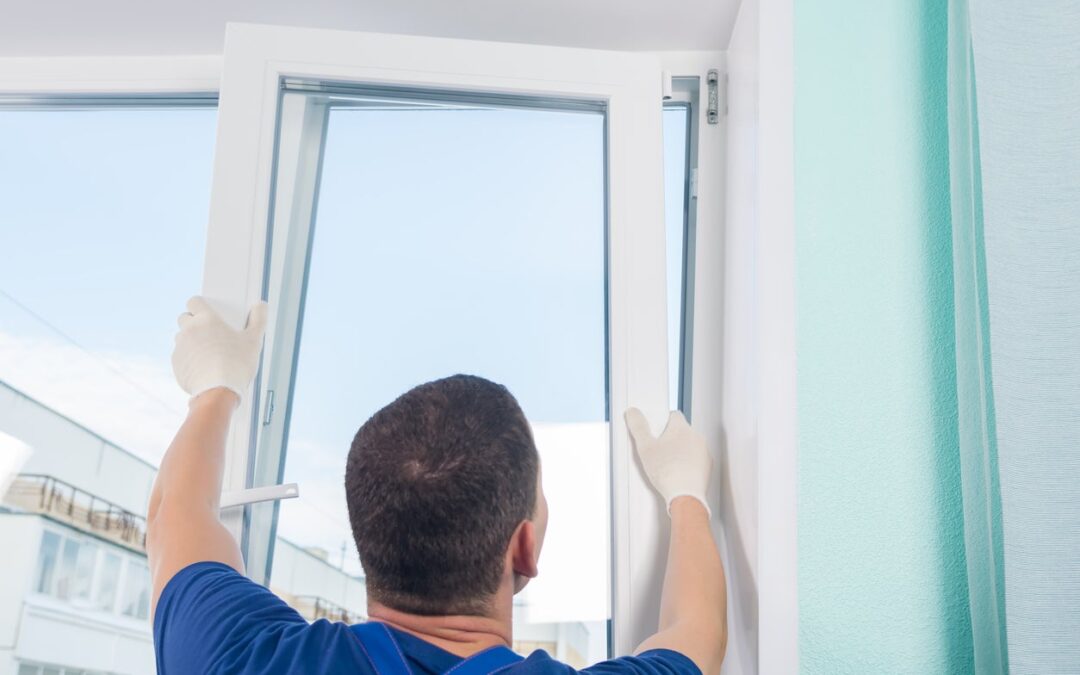When it comes to window installation, it’s crucial to adhere to building codes and regulations set by local authorities. Building codes ensure the safety, structural integrity, and energy efficiency of buildings. Understanding and complying with these codes is essential to ensure a successful window installation project. In this blog post, we will explore the importance of building codes and regulations for window installation and discuss key considerations to keep in mind.
1. The Purpose of Building Codes
Building codes are sets of regulations that dictate the design, construction, and maintenance of buildings. They are put in place to protect the health, safety, and welfare of occupants, as well as to promote energy efficiency and sustainable practices. Building codes cover various aspects of construction, including structural design, electrical systems, fire safety, plumbing, and mechanical systems. Window installation is an integral part of building codes as windows play a crucial role in building performance, occupant comfort, and safety.
2. Compliance with Window Sizing and Placement
Building codes specify the minimum requirements for window sizing and placement. These requirements are important for ensuring proper natural light, ventilation, and emergency egress. Codes may outline the minimum dimensions for windows, the height of windows above the floor, and the distance between windows for adequate light and ventilation. Compliance with these specifications helps maintain a healthy and comfortable indoor environment while also ensuring safety in case of emergencies.
3. Energy Efficiency Requirements
Building codes often include energy efficiency requirements to promote sustainable and environmentally friendly practices. These requirements may involve specifications for window insulation, thermal performance, and glazing properties. Compliance with energy efficiency codes helps reduce energy consumption, lower utility costs, and minimize the environmental impact of buildings. Energy-efficient windows can contribute to better insulation, reduce heat transfer, and improve overall energy performance.
4. Impact Resistance and Safety
Building codes also address the impact resistance and safety of windows, especially in areas prone to severe weather events such as hurricanes or high winds. These codes may require impact-resistant glazing or the installation of protective measures such as shutters or laminated glass. Compliance with these codes ensures that windows can withstand external forces, protect occupants, and prevent potential injuries or property damage.
5. Fire Safety and Egress
Window installation is crucial for fire safety and egress in buildings. Building codes specify requirements for the size, type, and placement of windows to facilitate safe and efficient evacuation in case of emergencies. These codes may dictate the number of windows required in certain spaces, their accessibility, and the clearance area around them. Compliance with fire safety and egress codes helps ensure a swift and safe exit from the building during critical situations.
6. Permits and Inspections
Before undertaking a window installation project, it’s important to obtain the necessary permits from local authorities. Building codes typically require permits for structural modifications or alterations to the building envelope, including window replacements. The permit process ensures that the installation adheres to code requirements and undergoes proper inspections at various stages. Inspections verify that the windows are installed correctly, meet code specifications, and comply with safety standards.
Understanding building codes and regulations is essential when planning a window installation project. Compliance with these codes ensures the safety, energy efficiency, and structural integrity of buildings. From window sizing and placement to energy efficiency requirements, impact resistance, fire safety, and egress, building codes cover various aspects related to window installation. Make sure to consult with local authorities, obtain the necessary permits, and work with experienced professionals who are knowledgeable about building codes. By adhering to these regulations, you can ensure a successful window installation that meets safety standards and contributes to the overall performance and sustainability of your building.

